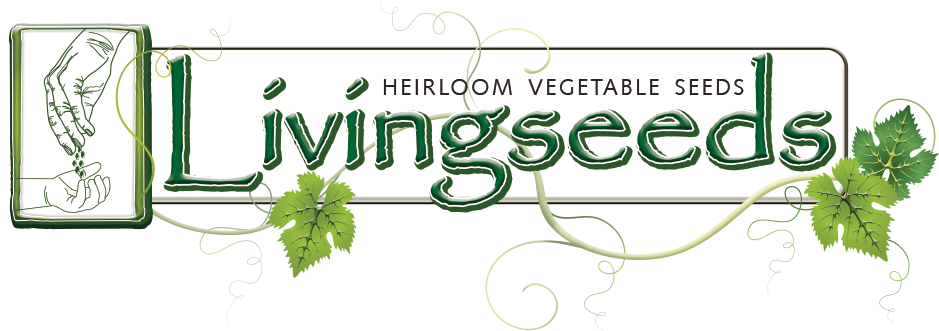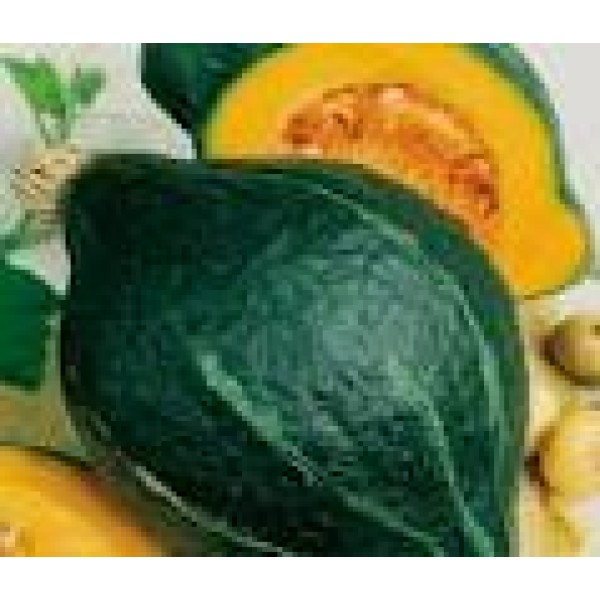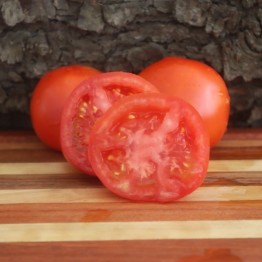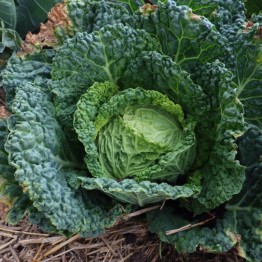Cucurbita maxima
Heirloom. Said to be the original Hubbard from which all other Hubbard’s have been selected. It should not be confused with the Green Warted Hubbard which was introduced 50 years later. This Hubbard is a staple in many households, and with is sweet flesh, and fine grain it really is one of the best varieties out there. Unfortunately the few offered in stored a hybrid variety designed to produce the maximum number of fruits, and has not capturer the true essence of the original Green Hubbard. The Hubbard is a very good keeper and can be stored for long periods in a cool dry place. Vines yield fruits of about 4-5kg.
Other Names: Stok-in-die rok (Old local name from the Southern Cape, 1940’s). Green Pumpkin, Mother Hubbard Squash
Introduced to North America in 1798 bysea Captain Knot Martin,who brought it from the West Indies or South AmericatoMarblehead, Massachusetts. He gave some of the seeds to Mrs Elizabeth Hubbard. She was a washerwoman of local seedsman James J.H. Gregory, and in 1842 brought thesquash to his notice. He introduced it to the market and named it in her honour. Read the rest of the Hubbard history stories recorded by J.H. Gregory in his book on this website: http://www.thebigapplefarm.com/bluehubbard.htm
This is one of the most delicious squashes, and very versatile. You can almost use every part. The soft unblemished skin of a young Hubbard can be cooked with potato and onion just like green beans and is packed with nutrients. The green part of the flesh was traditionally cooked with onion greens, bringing out a great flavour. Cooking with just with sliced onions also brings out a delicious sweet flavour. Hubbard’s are also suitable for roasting, baking and soups. The young leaves, -shoots and flowers can also be eaten, and is used in stews, stir fries and soups. Collect these parts when you are pruning the plant for fewer and larger fruit.
Hubbard’s, like other squash, are best directly seeded as they do not like their roots disturbed. Plant in full sun,about two weeks after the last frost in spring. Dig in lots of organic matter for this heavy feeder and keep moist, but do not over water. About 85-105 days to maturity.
Coastal Areas: Sep-Nov
Inland Areas: Sep-Dec
Subtropical Areas: Feb-Aug
Standard packet contains approx. 15 seeds
Petite packet contains approx. 5 seeds
Green Hubbard
- Product Code: 292-0060
- Availability: In Stock
-
R33.90
Available Options
Related Products
Santa Clara Sauce Tomato
Solanum lycopersicum The first time we cut one of these tomatoes open, we were very disappointed...
R33.90
Brown Beauty
Phaseolus vulgaris Named after its beautiful chocolate brown seeds, this sublime green bean is in..
R32.69
Savoy Perfection
Brassica oleraceaA savoyed drumhead cabbage variety that dates back to medieval Italy. The ea..
R33.90
Black Eye Beans
Vigna unguiculataBlack Eye Beans are a sub-species of cow peas. AKA Black-eyed Pea, Black-eyed Bean ..
R32.69
Tags: Green, Hubbard, Green Squash,




